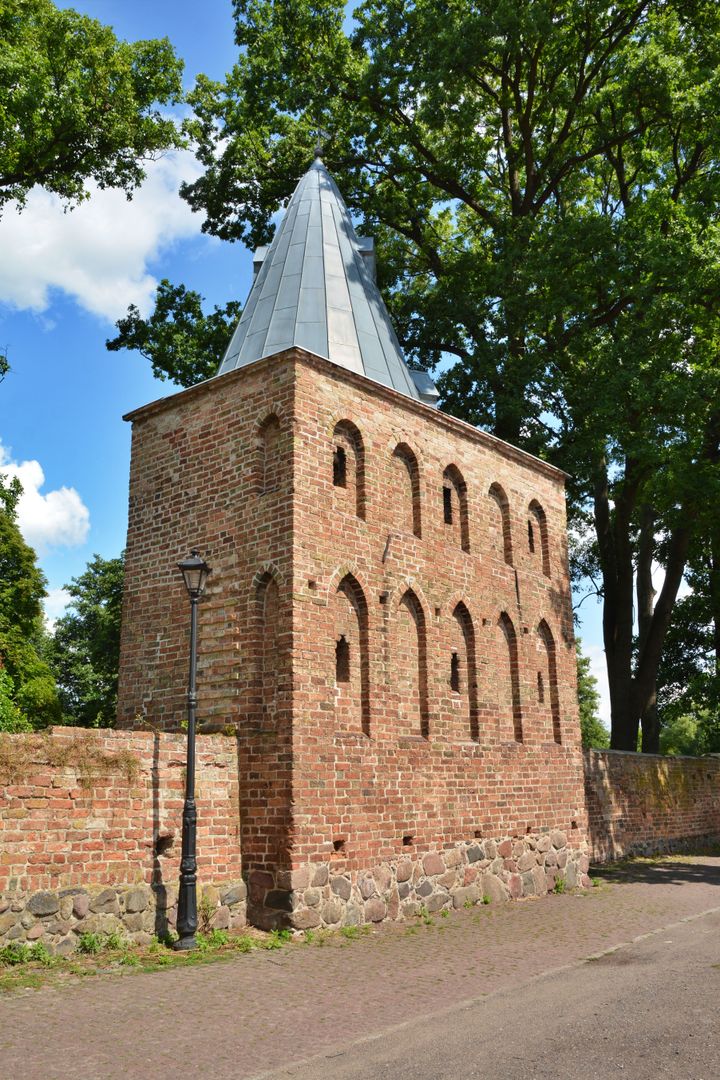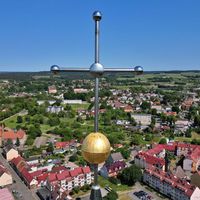Chojna
7.01

Overview
Chojna, formerly known as Königsberg in der Neumark, is a town in northwestern Poland, located in the West Pomeranian Voivodeship, within the Chojna urban-rural municipality. Settlement in the area dates back to the 10th–12th centuries, when a stronghold existed in a strategic location on the border between Brandenburg and Pomerania. In 1200, the town was granted Magdeburg town rights, and its development was supported by tax exemptions granted by the Brandenburg bishops in 1267. Chojna was an important trade and administrative center and once served as the temporary capital of the Neumark. During the Middle Ages, defensive walls were built in Chojna, which have survived to this day, along with several significant religious buildings, including the Church of the Blessed Virgin Mary and a town hall considered a Gothic masterpiece. Chojna passed through many hands, from the Czech Crown, through the Teutonic Order, to Brandenburg. At the end of World War II, the town was severely damaged, and many of its historic monuments were completely destroyed. After the war, the town was handed over to Poland, changing its name to Chojna, and its German population was displaced. Today, Chojna is known for its cultural activities, as well as efforts to rebuild and restore historic buildings. The town is home to numerous natural monuments, such as a giant London plane tree. Chojna actively cooperates with partner cities through the Douzelage association, organizing various cultural events and festivals. The town has a well-developed transport network, with national roads and a railway line, providing convenient access to nearby cities. An interesting fact is that a new housing estate has been built on the site of a former Luftwaffe operational airfield from the 1930s, with a chapel and other facilities related to the new reality after 1945 located in the area.
Location
You can also find here:
2025 Wizytor | All Rights Reserved
